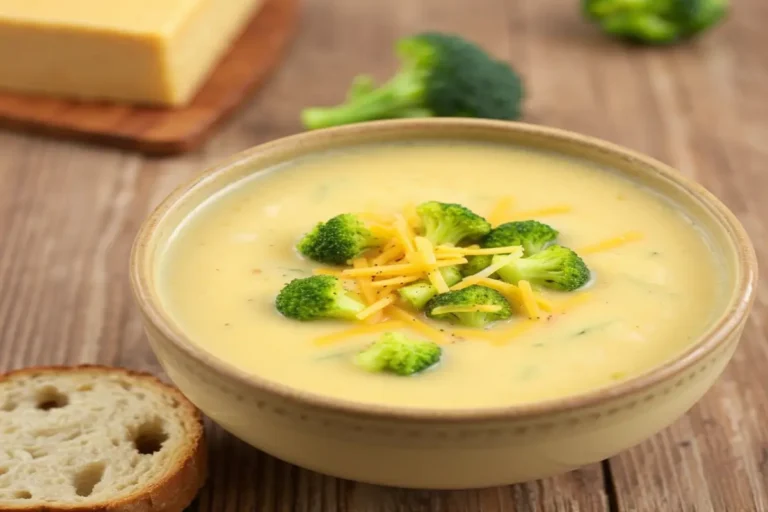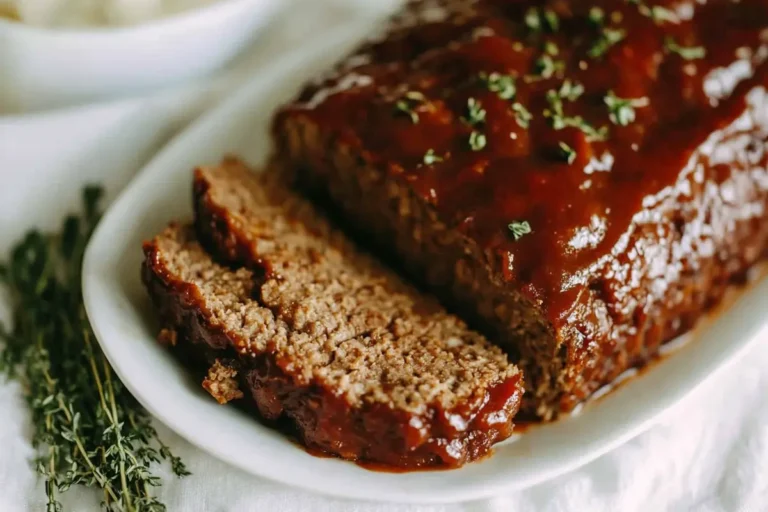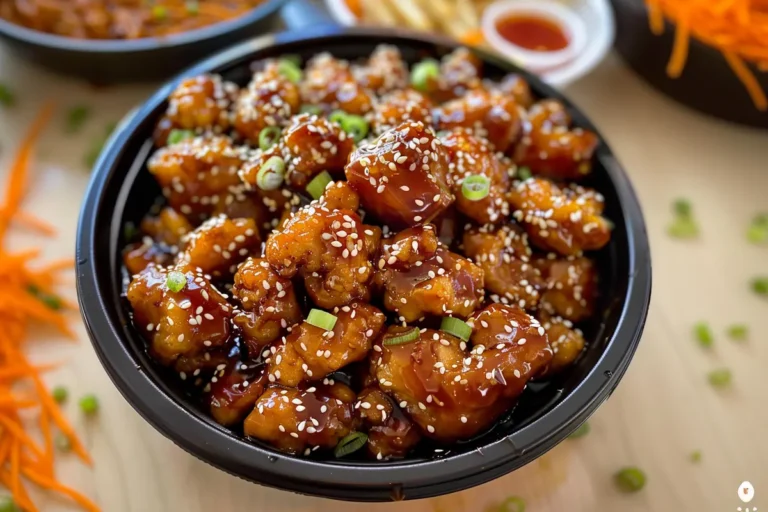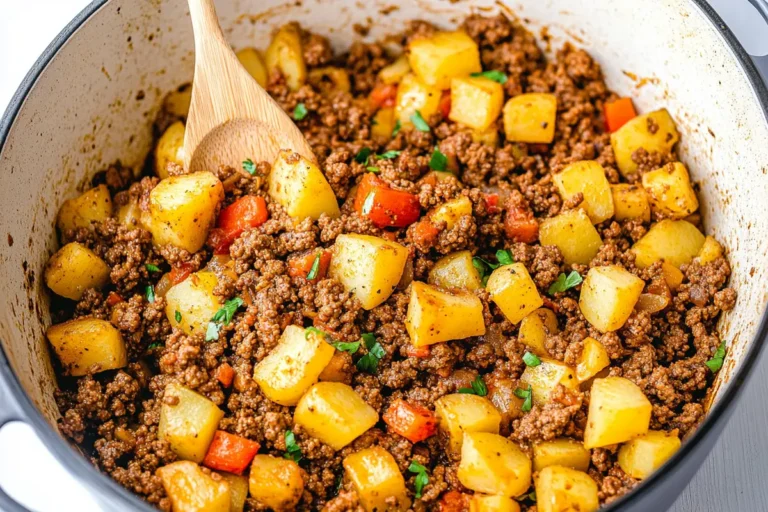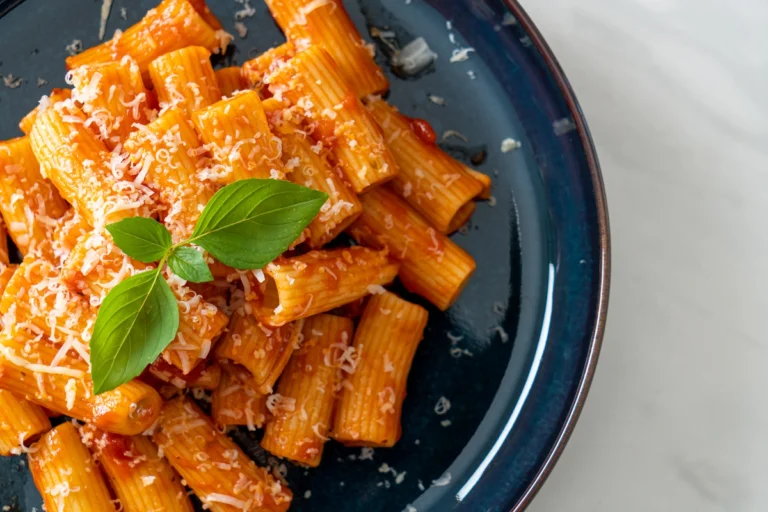How to Make Hibachi Chicken at Home | Step-by-Step Guide
Introduction
Hibachi chicken, a beloved dish in Japanese cuisine, has captivated food lovers worldwide. Known for its savory flavors and unique cooking style, hibachi chicken is often associated with teppanyaki restaurants, where skilled chefs prepare meals on a large, flat grill right before your eyes. The sizzle of hibachi chicken cooking, the aroma of garlic and soy sauce, and the visual spectacle of flames and chopping are all part of the hibachi dining experience.
By creating hibachi chicken at home, you can enjoy this restaurant-quality dish whenever you crave it, without needing to visit a fancy teppanyaki restaurant. Best of all, it’s surprisingly simple to make. With the right ingredients and techniques, you can whip up a delicious and authentic hibachi chicken dish that will impress your family and friends.
In this comprehensive guide, we’ll dive deep into the world of hibachi chicken. From understanding the ingredients to mastering the cooking techniques, this guide will help you recreate the magic of hibachi chicken in your kitchen.
Ingredients for Hibachi Chicken
To make hibachi chicken, you need a few essential ingredients. Each component plays a crucial role in achieving the dish’s distinct flavor profile. Here’s a breakdown of the key ingredients and their significance:
1. Chicken Breast
Chicken breast, a lean protein that cooks quickly, is ideal for hibachi-style cooking. It absorbs the flavors of the marinade and seasoning beautifully. If you prefer, you can use chicken thighs for a juicier texture or even swap chicken for shrimp, beef, or tofu for variety.
2. Soy Sauce
Soy sauce is a fundamental ingredient in Japanese cuisine, providing a salty, umami flavor that enhances the taste of the chicken. You can use low-sodium soy sauce for a healthier option or tamari for a gluten-free alternative.
3. Sesame Oil
Sesame oil adds a rich, nutty flavor to the dish, giving it depth and a hint of authenticity. If you don’t have sesame oil, you can use peanut oil or olive oil. However, the flavor profile will be slightly different.
4. Garlic
Fresh garlic is essential for adding a pungent, aromatic flavor that complements the soy sauce and sesame oil. You can use garlic powder in a pinch, though fresh garlic is preferable for a more intense flavor.
5. Ginger
Ginger provides a zesty, slightly spicy flavor that pairs well with the other ingredients, adding a fresh note to the dish. Ground ginger can work if fresh ginger is not available, but fresh is always better for that authentic taste.
6. Butter
Butter, while not traditional in Japanese cooking, is commonly used in hibachi to add richness and a creamy texture to the dish. If you need to avoid dairy, you can use margarine or a dairy-free butter alternative.
7. Lemon Juice
Lemon juice adds acidity, brightening the flavors and balancing the richness of the butter and soy sauce. Lime juice can serve as an alternative, though it will impart a slightly different flavor.
8. Vegetables
Common vegetables in hibachi chicken include zucchini, onions, mushrooms, and carrots. They add texture, color, and nutritional value to the dish. You can customize the vegetable selection based on your preferences—broccoli, bell peppers, or snap peas are great alternatives.
9. Rice
Rice is the traditional side served with hibachi chicken, providing a neutral base that soaks up the flavorful sauce. Fried rice, brown rice, or even cauliflower rice can be used depending on your dietary needs.
10. Hibachi Sauce (Yum Yum Sauce)
This creamy, slightly sweet sauce is a signature component of hibachi meals. It is often used for dipping the chicken and vegetables. If you’re looking for a lighter option, you can make a simple soy sauce and rice vinegar dipping sauce.
Preparing the Ingredients
1. Marinating the Chicken
Begin by cutting the chicken breast into bite-sized pieces. In a bowl, combine soy sauce, sesame oil, minced garlic, and grated ginger. Next, add the chicken pieces to the marinade, ensuring they are fully coated. Allow the chicken to marinate for at least 30 minutes to absorb the flavors. Marinating the chicken enhances its flavor and ensures that it remains tender and juicy during cooking.
2. Chopping the Vegetables
First, slice the zucchini, onions, and mushrooms into uniform pieces to ensure even cooking. Carrots should be julienned or thinly sliced. Keep the vegetables separate, as they have different cooking times. Properly chopped vegetables not only cook more evenly but also look more appealing when served.
3. Preparing the Rice
Cook the rice according to package instructions. If you plan to make fried rice, cook the rice ahead of time and allow it to cool before stir-frying with soy sauce and sesame oil. Having the rice ready before you start cooking the chicken ensures that everything comes together quickly since hibachi cooking is a fast process.
Cooking Hibachi Chicken
With your ingredients prepped, it’s time to cook the hibachi chicken. The key to success is high heat and quick cooking, which locks in the flavors and ensures a perfect texture.
1. Heating the Grill or Skillet
First, preheat a large skillet or grill pan over medium-high heat. Add a small amount of sesame oil and butter, allowing it to melt and coat the surface. A hot cooking surface is crucial for achieving that characteristic sear on the chicken and vegetables, which adds flavor and texture.
2. Cooking the Chicken
Next, add the marinated chicken to the hot skillet. Spread it out in a single layer to ensure even cooking. Let the chicken cook undisturbed for 2-3 minutes to develop a good sear. Then, stir the chicken and continue to cook until it is fully cooked through, about 6-8 minutes total. Squeeze fresh lemon juice over the chicken just before it’s done. Cooking the chicken at high heat seals in the juices, resulting in tender, flavorful pieces.
3. Cooking the Vegetables
In the same skillet, add a bit more butter and sesame oil if needed. Add the onions and carrots first, as they take longer to cook. After 2 minutes, add the zucchini and mushrooms. Stir-fry the vegetables until they are tender-crisp, about 4-5 minutes. Season with a little soy sauce and sesame seeds if desired. Cooking the vegetables in stages ensures that each type maintains its texture and doesn’t become overcooked or mushy.
4. Assembling the Dish
Once the chicken and vegetables are cooked, it’s time to assemble the dish. Serve the chicken and vegetables over a bed of rice, with a side of hibachi sauce. For a more authentic experience, you can serve it directly from the skillet or use a heated platter to keep everything warm. Presentation is key in hibachi cooking. Serving the dish in an appealing way enhances the overall dining experience.

Creating the Perfect Hibachi Sauce (Yum Yum Sauce)
No hibachi chicken meal is complete without the signature hibachi sauce, also known as Yum Yum sauce. This creamy, slightly tangy sauce pairs perfectly with the chicken and vegetables, adding a burst of flavor with every bite.
1. Ingredients for Yum Yum Sauce
- 1 cup mayonnaise
- 1 tablespoon tomato paste or ketchup
- 1 tablespoon melted butter
- 1 teaspoon garlic powder
- 1 teaspoon smoked paprika
- 1-2 teaspoons sugar (adjust to taste)
- 2-3 tablespoons water (to thin the sauce)
- 1 teaspoon rice vinegar or lemon juice (for acidity)
- Pinch of cayenne pepper (optional, for heat)
2. Making the Sauce
In a mixing bowl, combine the mayonnaise, tomato paste, melted butter, garlic powder, smoked paprika, and sugar. Whisk together until smooth. Gradually add water to thin the sauce to your desired consistency. Finally, stir in rice vinegar or lemon juice and adjust the seasoning as needed. For a spicier version, add a pinch of cayenne pepper. The right balance of creaminess, sweetness, and acidity in the sauce is crucial for complementing the savory flavors of the hibachi chicken.
3. Serving the Sauce
Transfer the sauce to a small serving bowl and serve it alongside the hibachi chicken. You can drizzle it over the chicken and vegetables or use it as a dipping sauce. Offering the sauce on the side allows each diner to customize their dish to their taste.
Health and Nutritional Insights
Hibachi chicken is not only delicious but can also be a relatively healthy meal when prepared with the right ingredients and techniques. Here’s a closer look at the nutritional aspects of this dish:
1. Lean Protein
Chicken breast is a great source of lean protein, which is essential for muscle repair and growth. It’s low in fat and calories, making it a healthy choice for those looking to maintain or lose weight.
2. Healthy Fats
Sesame oil and butter add richness to the dish, but in moderation, they contribute beneficial fats. Sesame oil, in particular, is high in antioxidants and has anti-inflammatory properties.
3. Vegetables
The inclusion of a variety of vegetables provides fiber, vitamins, and minerals. Zucchini, mushrooms, and carrots are all low in calories but high in nutrients, making them excellent additions to a balanced diet.
4. Low Carbohydrates
Depending on the type of rice you choose, the carbohydrate content can be adjusted. Opting for brown rice or cauliflower rice can lower the glycemic index and increase the fiber content.
5. Controlled Sodium
Soy sauce can be high in sodium, so using a low-sodium version or tamari can help reduce the salt content without sacrificing flavor.
Commonly Asked Questions (FAQs)
1. Can I use other types of meat for hibachi?
Yes, hibachi-style cooking can be adapted to various proteins. Shrimp, beef, and tofu are popular alternatives to chicken. Each protein will have a slightly different cooking time, so it’s important to adjust accordingly to ensure it’s cooked properly.
2. How do I prevent the chicken from drying out?
To keep hibachi chicken juicy, use high heat and quick cooking. Marinating the chicken beforehand also helps retain moisture. To avoid overcooking, remove the chicken from the skillet as soon as it’s done.
3. Can I make hibachi chicken without a grill?
Absolutely! While a traditional hibachi grill adds an authentic touch, a large skillet or wok works perfectly for this recipe. The most important aspect is achieving high heat to sear the chicken and vegetables quickly.
4. Is hibachi chicken gluten-free?
Hibachi chicken can easily be made gluten-free by using tamari or a gluten-free soy sauce. Ensure all other ingredients, such as the hibachi sauce, are also free from gluten.
5. What can I serve with hibachi chicken besides rice?
Besides rice, hibachi chicken pairs well with a variety of side dishes. Consider serving it with fried noodles, a green salad with ginger dressing, or steamed vegetables. For a low-carb option, cauliflower rice is a great alternative.
Conclusion
Hibachi chicken is a delightful dish that brings the vibrant flavors and excitement of Japanese teppanyaki cooking into your home. By following this guide, you can recreate a restaurant-quality hibachi experience in your kitchen, complete with tender chicken, flavorful vegetables, and a rich hibachi sauce. Whether you’re cooking for a special occasion or just a weeknight dinner, hibachi chicken is sure to impress.
With its simple ingredients and straightforward cooking process, hibachi chicken is a versatile dish that can be adapted to suit your tastes and dietary needs. Plus, the skills you’ll gain from making this dish—like high-heat cooking and marinating—can be applied to countless other recipes, expanding your culinary repertoire.
For more inspiration on Japanese cooking, you might want to explore authentic Japanese recipes or learn more about the history of teppanyaki-style cooking. If you’re interested in perfecting your cooking techniques, consider reading this guide on mastering pan-searing.
Enjoy the experience of making hibachi chicken at home, and savor the satisfaction of creating a delicious, nutritious meal that rivals any teppanyaki restaurant.

